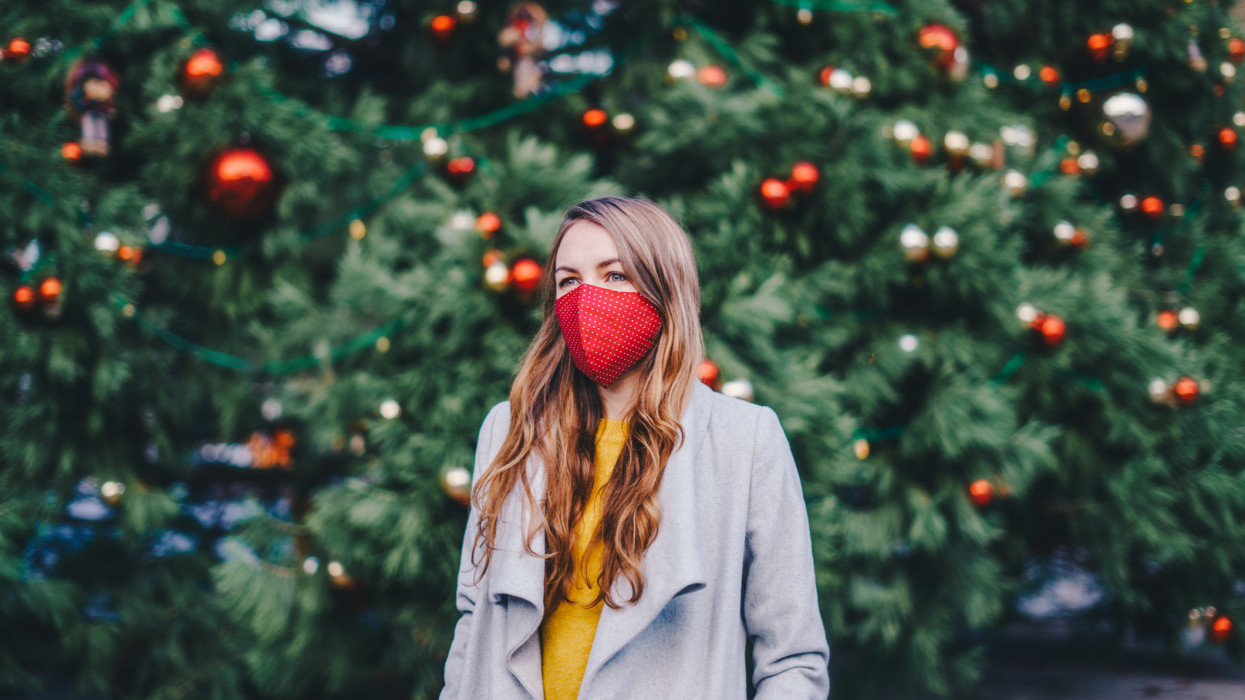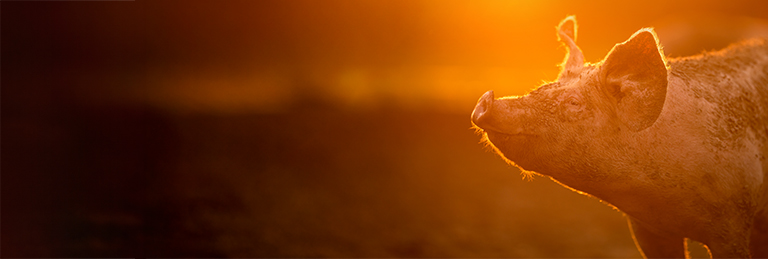EuroTier 2022 exhibitors are aiming to achieve a further reduction in greenhouse gases through increases in efficiency, innovative animal housing concepts, adapted feeding methods and extensive commitment to animal welfare. EnergyDecentral, which is scheduled to take place in parallel 15 -18 November at the trade fair grounds in Hanover, will be showing how regenerative energies are paving the way to a climate-neutral future.
Farmers will play a central role in achieving net zero greenhouse gas emissions and limiting global warming since farming is responsible for around 20 percent of worldwide CO2 emissions. With tailored solutions consisting of seed and innovative crop protection agents as well as solutions for digital farming and fertiliser management, they can specifically reduce CO2 emissions, bind carbon in the soil and gear their farms to meet the requirements arising from climate change. All of these agricultural methods are being bundled under the term ‘carbon farming'. These activities are focused on soils, which are able to bind vast quantities of carbon when they are managed sustainably.
Besides reducing CO2, discussion surrounding the climate at EuroTier will increasingly be concerned with methane (CH4). After carbon dioxide, this gas is the second most significant driver of global warming and is regarded as considerably more harmful to the climate, since its greenhouse effect is around 25 times higher. If its emissions continue to increase at the current pace, the influence of methane alone would make achieving the 1.5 degree Celsius target impossible. This is the central result of a current McKinsey & Company study undertaken by the Woodwell Climate Research Center in the U.S. Federal State of Massachusetts. Above all, it is the growing number of ruminants around the world that is posing the agricultural sector with challenges, because a large part of the methane emissions occur during the rearing and husbandry of dairy cattle, sheep and goats.
Strategies for reducing methane
Solutions for reducing methane will be presented at the DLG ‘Milk & Cattle' Forum in hall 12. Experts will be expressing their opinions on current issues in milk production and cattle farming and will also be touching on aspects of climate protection.
In contrast to ammonia emissions, the technical options for reducing methane emissions are few and far between at present. One sensible option is the consistent conversion of residues from cattle farming into energy in biogas plants.
The increased fermentation of slurry is not only able to reduce greenhouse gas emissions from livestock management, but can also deliver renewable energies at the same time. In terms of the energy revolution and the efforts being made to achieve climate neutrality by 2050, this is a critical factor. Another advantage is that storing the slurry gas-tight in a biogas plant enables the avoidance of up to ten times the volume of greenhouse gases compared to conventional storage. And if a combined heat and power plant is operated as well, the slurry can additionally be used to generate electricity and heat. The exhibitors at EnergyDecentral will be presenting exactly how this works. The leading trade fair for decentralised energy supply will be taking place in parallel with EuroTier at the trade fair grounds in Hanover.
The feed and the way in which feeding is carried out also make a substantial contribution to minimising methane emissions. As part of the EU's ‘SusCatt' project, for instance, researchers from the Christian Albrecht University (CAU) in Kiel succeeded in demonstrating that pasture-based milk production is able to combine very high milk yields with very low methane emissions and can therefore contribute to climate protection. “This is also beneficial to species diversity at the same time – without imported feeds, because the necessary protein in the feed is supplied by the clover”, says Dr Carsten Malisch, the study's scientific coordinator.
Lower emissions thanks to innovative feeds
Added to this equation are special feed additives. These inhibit the enzymes responsible for methane synthesis in the intestine. ‘Bovaer', a feed additive for cows and other ruminants that has been developed by Dutch company DSM, also relies on this mechanism of action. It is the first ever feed additive approved in the EU that has a provenly positive impact on the environment by influencing methane emissions. Its safety for animals, consumers and the environment has also been confirmed. It is claimed that adding just one quarter of a teaspoon to the feed each day is able to reduce methane emissions by an average of 30 percent. Since the summer, Arla Foods has been testing the feed additive in the context of a pilot project involving a total of 10,000 cows. If the initial results meet expectations, Arla Foods is planning to extend the pilot project to 20,000 cows in 2023.
Another topic on which applied research is focusing at an international level is algae. They, too, may help to improve the carbon footprint of cattle breeding in the future. Researchers at the University of California have been scrutinising the effects of this new source of feed. Their research shows that, depending on the level of their content in fattening cattle feed, red algae reduce methane emissions by up to 80 percent. The scientists succeeded in demonstrating that this feed supplement is also able to reduce methane emissions from cattle in the long term without influencing the quality of milk and meat. Sales of the world's first feed additive for ruminants based on red algae originating from both marine and aquarium cultivation started at the beginning of June in Australia.
Efficient nitrogen management, from feeding to fertilising
Dinitrogen oxide (N2O), commonly known as laughing gas or nitrous oxide, must not be overlooked in the debate surrounding the achievement of global climate targets. It is almost 300 times more harmful to the climate than carbon dioxide and is produced when nitrogen is converted in the soil. As a rule, an average of 0.6 percent of the nitrogen applied onto arable land escapes into the air. Reduced-nitrogen feeding methods such as those on the agenda in the DLG Spotlight ‘Feed for Future' in hall 21 are therefore a key lever for reducing nitrous oxide emissions. The objective is the achievement of high nitrogen efficiency with low N balances, because the lower the balance surpluses are, the less nitrate leaching that occurs. Precision fertilisation methods as well as spreading techniques that are close to the ground, such as drag hose or drag shoe methods, or injection and slit technology facilitate precise nitrogen application. Nitrification inhibitors additionally reduce nitrous oxide emissions during the first few weeks after fertilisation.
However, the greatest potential is promised by low-emission fertilisation that is geared to the crop's needs, since it avoids nitrogen surpluses and therefore nitrous oxide emissions from agriculturally used soils. Fertilisation recommendations based on soil and plant analyses provide guideline values for assessing nutrient requirements. This enables the avoidance of excessive fertilisation, which would lead to emissions. Appropriate crop rotation and intercropping can additionally improve the quality of the soil. The extent to which synthetic nitrogen can be replaced, at least in part, by nitrogen from sustainable sources will be dealt with in the DLG Spotlight ‘Feed for Future'. Besides the use of organic fertilisers, the cultivation of nitrogen-fixing legumes will also be discussed from 15 to 18 November at the trade fair grounds.







